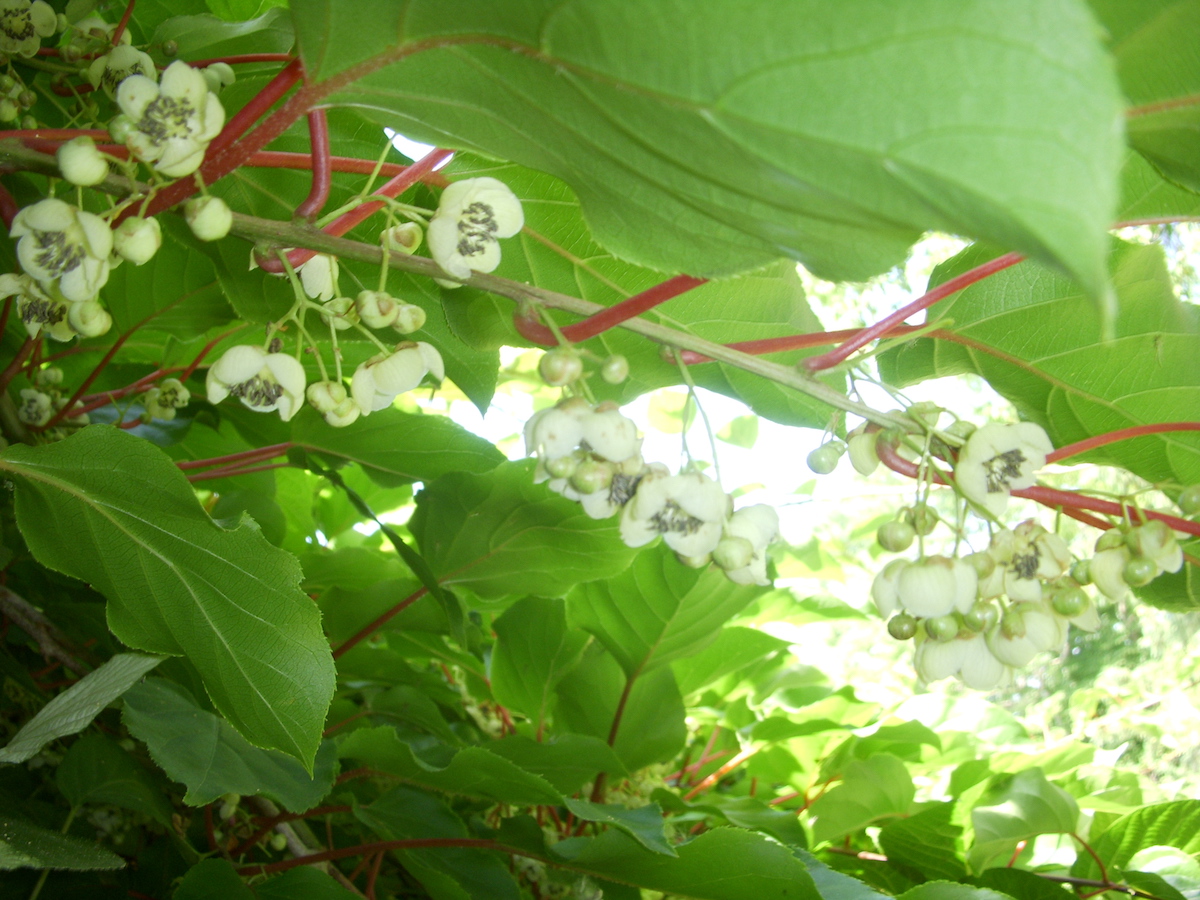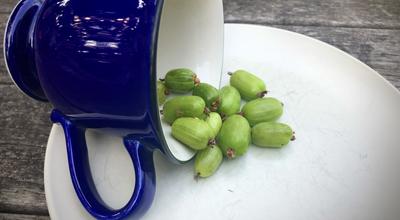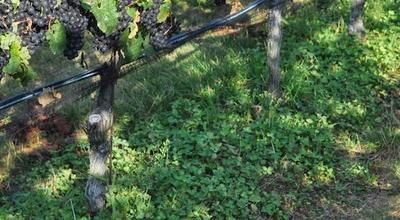In June of 2018, we're embarking on new research to improve kiwiberries and growing practices for the Upper Midwest. In the mean time, we thought you might enjoy a little history of the kiwiberry in Minnesota.
In Minnesota, the growing of cold-hardy kiwifruit, better known these days as kiwiberries, spans three centuries. In one of the earliest accounts, Samuel B. Green, University of Minnesota’s first Professor of Horticulture in 1892 wrote:
Actinidia arguta, wrongly called A. polygama. – A rampant growing ornamental vine from Japan. This has been grown in a small way by R. J. Mendenhall, of Minneapolis, [at the location of the present Lake Street K-Mart] and has been found to be unreliable. At the experiment station we lost ours the first winter it was planted.
The non-cold hardy Japanese plant material likely originated from one of Professor Green’s instructors at the Massachusetts Agricultural College (MAC, now the University of Massachusetts — where Professor Green received his degree in 1879). MAC President (as well as the Professor for Botany and Horticulture) William S. Clark brought back seeds of A. arguta and A. polygama that he collected in the forests near Sapporo, Japan in 1876. Upon his return a year later these seeds were grown were distributed to various horticultural societies, contacts, and academic institutions (Harvard’s Arnold Arboretum [1877], Michigan State University [1878], and plants were growing in Iowa by 1884).
In 1902 Professor Joseph L. Budd at Iowa State University wrote:
Actinidia arguta. – This is a peculiarly rampant growing vine from Japan, with a tropical expression of foliage. Where hardy east of the [Great] lakes and in the South, it will cover a fence, arbor, or trellis in less time than any vine known to the writer. In the West, north of the 42nd parallel, [the latitude for Ames, Iowa] it is not hardy enough for a permanent covering of arbor or porch; but in less important positions, if cut back severely when injured, it soon regains what it has lost, with added beauty of the new growth.
In 1905 Professor Green wrote regarding vines growing on the St. Paul campus farm:
A. arguta. A rank growing climbing plant from Japan. Foliage large, handsome, has never flowered at the University Farm but has held on well and made a vigorous growth each year. We cannot advise planting as there are more desirable vines.
In 1905, Professor Green apparently did not have access to more cold-tolerant genetic stock. At the St. Paul campus, minimum winter temperatures during the preceding two winters were -33 F and -26 F and it is likely that the Japan-derived plants that he had growing at that time were killed back to the snowline. In Minnesota, A. arguta typically requires a minimum of two concurrent “mild” winters in order to flower as mid-winter temperatures below -25 F can produce vascular injury for most varieties of this particular kiwifruit species.
Discover more about our research and about growing kiwiberries in the Upper Midwest.
Acknowledgements
Banner image: Actinidia kolomikta fruit by Bob Guthrie



